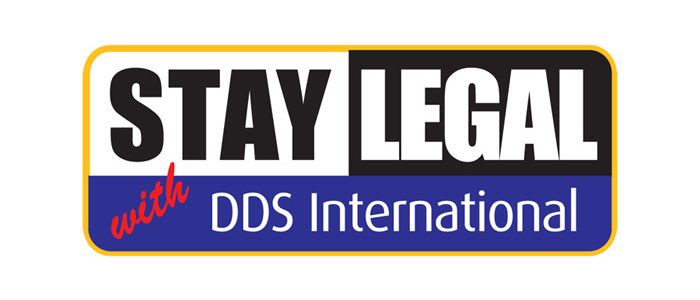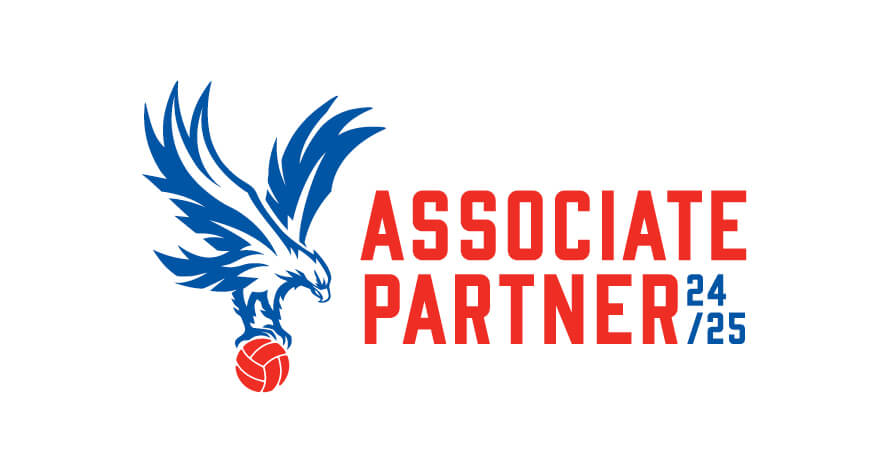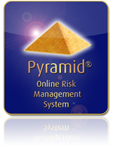Keep These Areas Free from Combustible Material
This post is part of the “Focus on Health and Safety Audit Questions” series. A series which focuses on questions asked by our health and safety consultants when conducting a health and safety audit.
Question
Check that there is no combustible material being stored in stairwells, plant rooms, boiler rooms, or electrical intake rooms.
Reason for This Question
There should be no combustible materials stored in any of these locations.
Possible Answers
Red: Areas being used for storage
Green: All locations are free from combustible materials
Common Issues
- Combustible materials discovered
- Materials and equipment incorrectly stored e.g. office supplies, cleaning products, maintenance supplies
- Waste / combustible / hazardous items stored in and around these areas
Fail Rate
38% of businesses failed this question based on our sample data.
What are combustible materials?
Combustible materials can be found as solids, liquids, or gases of which could catch fire and burn. It takes only a source of ignition, such as a small flame or an electrical spark, coupled with air to start a fire.
Examples of Ignition Sources
- Contractors (hot works)
- Cooking equipment
- Electrical
- Gas
- Heaters
- Lightning
- Malicious (Arson)
- Natural Sunlight
- Plant Rooms
- Smoking in unauthorised areas
DSEAR
DSEAR stands for the Dangerous Substances and Explosive Atmospheres Regulations 2002. Dangerous substances can put peoples’ safety at an increased risk from fire, explosion and corrosion of metal. DSEAR puts duties on employers and also the self-employed to protect individuals from these risks to their safety at work}, and to he public who might be put at risk by work activity. DSEAR is applicable to workplaces where dangerous substances can be found, used, or produced.
Workplaces are any premises or areas of premises used for work. Including places for instance, industrial and commercial premises, land-based and offshore installations, mines and quarries, construction sites, vehicles and vessels, etc. Places like the common areas of shared buildings, private roads and paths on industrial estates and road works on public roads are also defined as premises so are houses and other domestic premises, if individuals are at work there.
What does DSEAR require?
The HSE states that employers must:
- find out what dangerous substances are in their workplace and what the risks are
- put control measures in place to either remove those risks or, where this is not possible, control them
- put controls in place to reduce the effects of any incidents involving dangerous substances
- prepare plans and procedures to deal with accidents, incidents and emergencies involving dangerous substances
- make sure employees are properly informed about and trained to control or deal with the risks from the dangerous substances
- identify and classify areas of the workplace where explosive atmospheres may occur and avoid ignition sources (from unprotected equipment, for example) in those areas
ATEX and Explosive Atmospheres
ATEX is the name commonly given to the two European Directives for controlling explosive atmospheres, Directive 99/92/EC (also known as ‘ATEX 137’ or the ‘ATEX Workplace Directive’) and Directive 94/9/EC (also known as ‘ATEX 95’ or ‘the ATEX Equipment Directive’). The requirements of Directive 99/92/EC were put into effect through regulations 7 and 11 of the Dangerous Substances and Explosive Atmospheres Regulations 2002 (DSEAR) in Great Britain.
Explosive atmospheres can result from flammable gases, mists or vapours or by combustible dusts. If there’s an adequate amount of the substance combined with air, then all it requires is an source of ignition to result in a surge.











Comments are closed.